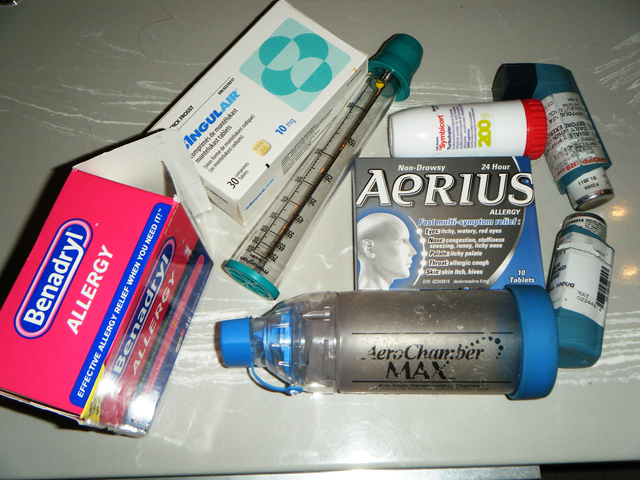 Lung cancer is divided into two types, namely:
Lung cancer is divided into two types, namely:
- Non-small cell lung cancer, ranging from 80% of all lung cancer patients – Small call lung cancer, around 20% of all lung cancer patients. Small cell lung cancer is divided into two types, namely the limited stage and extensive stage.
Although the number of patients with small cell lung cancer types of lung cancer a little more, but information about small cell lung cancer symptoms and treatments are very important for us to know.
Small cell lung cancer symptoms that often arise are:
- persistent cough. Patients will complain of persistent cough. this cough will eventually interfere with the activities and lives of patients. Coughing will not recover even after getting treatment to relieve cough.
- Shortness of breath Patients will complain of shortness of breath. Shortness of breath is initially mild that patients do not complain, but the longer shortness of breath is more severe, so patients can work or will not work.
- Chest pain small cell lung cancer symptoms are also frequently arises is chest pain. DAA pain management in lung cancer should receive serious attention from a doctor. Chest pain in patients with lung cancer can be very powerful at all; patients can suffer greatly from this chest pain.
Small cell lung cancer Treatments
- Limited Stage
Chemotherapy (platinum-based regimen) is much more effective for small cell lung cancer than for NSCLC.
The overall initial response rate measured by remission of tumor growth or shrinkage of primary tumor mass, or both, with limited small-cell stage from 60% to 90%. a complete response occurs in 45% to 75% with a long-term complete remission (cure) rate about 20%.
- Extensive Stage
Systemic chemotherapy results in an overall initial response rate of 60% to 70%, with complete response in 20% to 30%. Unfortunately, complete response rates are temporary (median 4 months), and chemotherapy becomes palliative due to the eventual recurrence of tumor.
The median survival rate ranges from 9 to 12 months.